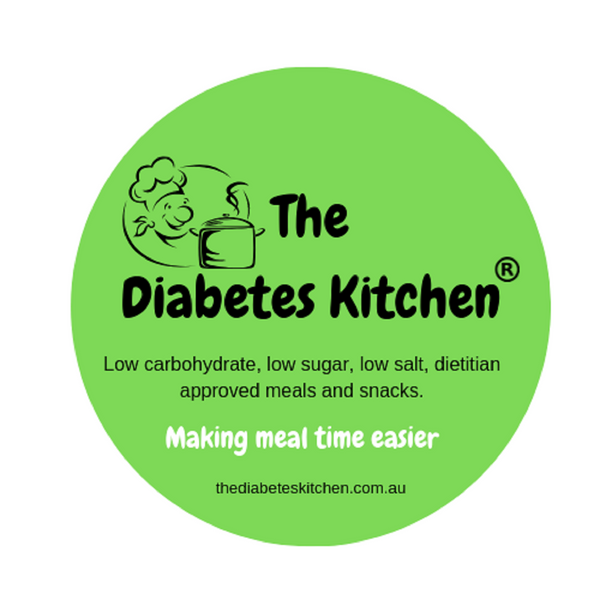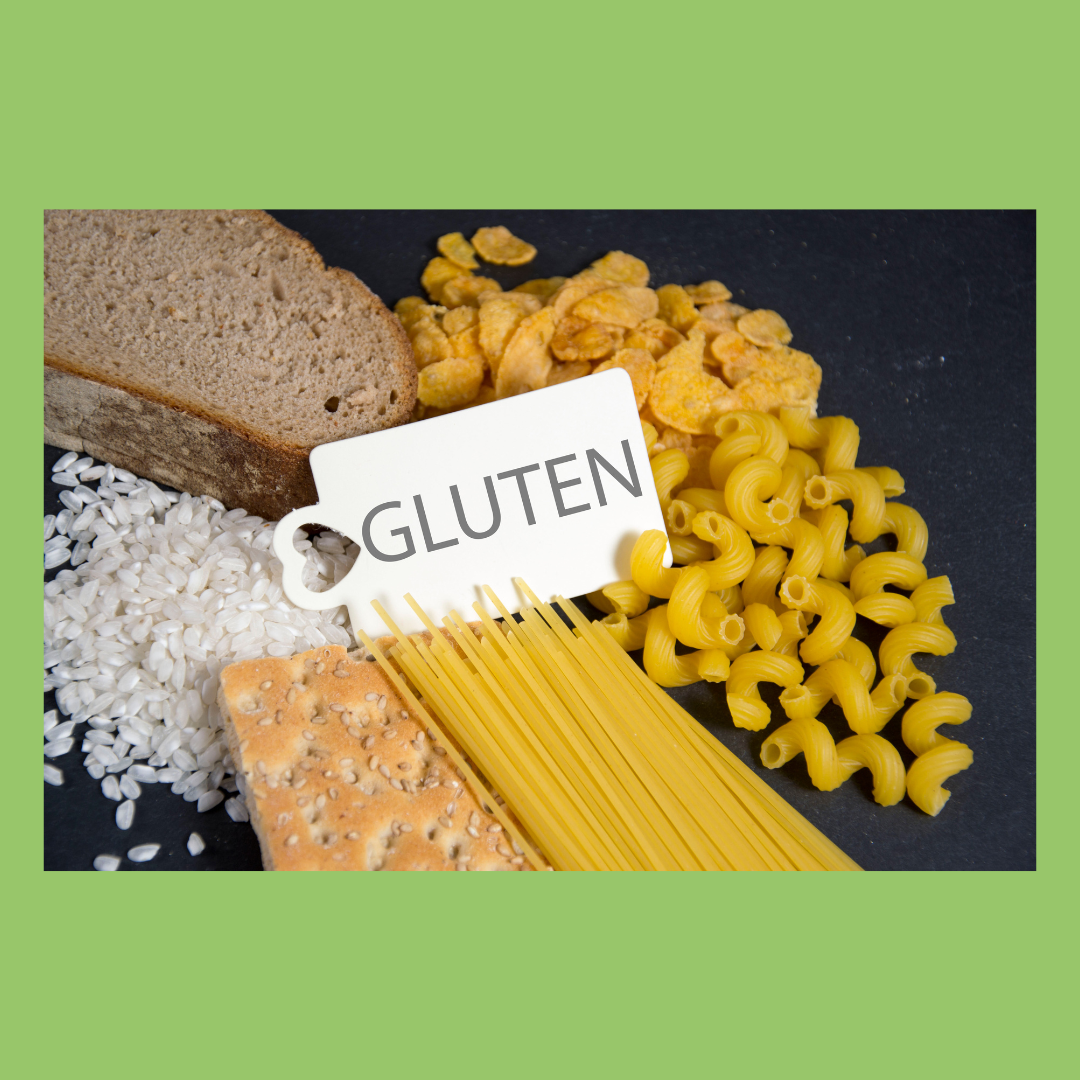Gluten intolerance, alternatively referred to as non-celiac gluten sensitivity (NCGS), is a medical condition distinguished by the manifestation of symptoms in the gastrointestinal tract and/or extra-intestinal region subsequent to ingesting gluten-containing foods, even in the absence of wheat allergy or celiac disease. Gluten intolerance, in contrast to celiac disease and wheat allergy, does not induce an autoimmune reaction or the generation of particular antibodies.Here are some of the essential aspects of gluten intolerance:1. Manifestations: Individuals afflicted with gluten intolerance may encounter a variety of symptoms, encompassing fatigue, headaches, joint pain, mood disruptions, constipation, bloating, diarrhea, and fatigue. Typically manifesting in the immediate aftermath of gluten ingestion, these symptoms ameliorate upon gluten elimination from the diet.2. Lack of Autoimmune Response: In contrast to celiac disease, which results in damage to the small intestine due to gluten intolerance, intestinal injury is not induced by autoimmune mechanisms or gluten ingestion.3. Diagnosis Gluten intolerance is difficult to diagnose due to the lack of specific biomarkers and diagnostic tests that can corroborate the condition. The exclusion of celiac disease, wheat allergy, and other gastrointestinal disorders is a common diagnostic procedure. Typically, the presence of symptoms that aggravate upon gluten reintroduction but improve on a gluten-free diet is sufficient to diagnose NCGS.4. Instigators: Gluten, a protein present in derivatives of wheat, barley, and rye, serves as the principal stimulus for symptoms in those afflicted with gluten intolerance. It is crucial to implement a gluten-free diet and refrain from consuming these cereals and products containing gluten in order to effectively manage the condition.5. Prevalence: While the precise prevalence of non-celiac gluten sensitivity remains uncertain, it is hypothesized to be comparatively less frequent than celiac disease. According to estimates, its impact is limited to a lesser proportion of the populace.6. Treatment: A gluten-free diet is the principal intervention for managing gluten intolerance. Gluten-containing product elimination is generally efficacious in symptom management. Still, adhering to a rigorous gluten-free regimen may prove to be a formidable task due to the prevalence of gluten in processed foods and cereals that are routinely consumed. As a consequence, gluten-intolerant individuals must diligently peruse food labels and opt for foods that are gluten-free by nature.7. Significance of Medical Evaluation: In the event that an individual presents with symptoms indicative of gluten intolerance, it is critical to promptly seek a medical evaluation and diagnosis. This is to ensure that appropriate dietary adjustments are made and to rule out other potential causes of symptoms.8. Differentiating Celiac Disease from Non-Celiac Gluten Sensitivity: Differentiating celiac disease from gluten sensitivity is of significant importance. Celiac disease is an autoimmune disorder characterized by the potential for severe health consequences that necessitate continuous and stringent gluten avoidance. Although gluten intolerance can cause discomfort, it does not result in long-term complications or intestinal harm to the same extent as celiac disease.To summarise, gluten intolerance, also known as non-celiac gluten sensitivity, is a medical condition distinguished by the manifestation of symptoms subsequent to the ingestion of foods containing gluten. It does not cause injury to the small intestine or an autoimmune response, in contrast to celiac disease. To alleviate symptoms, managing gluten intolerance requires adopting a gluten-free diet. It is crucial to seek guidance and an accurate evaluation from a healthcare professional if you have any suspicions of having a gluten intolerance.
Foods Suitable for People with Gluten Intolerance
-
Gluten-Free Grains: These grains are naturally gluten-free and can be used as alternatives to wheat, barley, and rye:
- Rice (including brown, white, and wild rice)
- Quinoa
- Corn (including cornmeal and corn flour)
- Oats labeled as gluten-free (ensure they are certified gluten-free to avoid cross-contamination)
- Buckwheat
- Amaranth
- Millet
- Sorghum
- Teff
-
Gluten-Free Flours: You can use gluten-free flours in baking and cooking to replace wheat flour. Some common gluten-free flours include:
- Rice flour
- Almond flour
- Coconut flour
- Tapioca flour
- Potato flour
- Chickpea flour (also known as besan)
- Sorghum flour
-
Fruits and Vegetables: Fresh fruits and vegetables are naturally gluten-free and are an essential part of a gluten-free diet.
-
Proteins: Many sources of protein are naturally gluten-free. These include:
- Fresh meats (unprocessed chicken, beef, pork, etc.)
- Fresh fish and seafood
- Eggs
- Legumes (lentils, beans, chickpeas)
- Nuts and seeds (unless cross-contaminated)
-
Dairy and Dairy Alternatives: Most dairy products like milk, cheese, and yogurt are naturally gluten-free. However, be cautious with flavored or processed dairy products that may contain gluten additives. Dairy alternatives like almond milk, soy milk, and coconut milk are usually gluten-free but check labels for any added ingredients.
-
Gluten-Free Pasta: There are gluten-free pasta options made from rice, corn, quinoa, or legume flours available in most grocery stores.
-
Gluten-Free Bread: Gluten-free bread is available and is typically made from a combination of gluten-free flours like rice, tapioca, and potato starch. Look for brands that are certified gluten-free.
-
Cereals: Some cereals are specifically labeled as gluten-free, including rice cereal, corn flakes, and gluten-free granola. Be sure to check the packaging for gluten-free certification.
-
Snacks: Many snack options are gluten-free, such as popcorn, rice cakes, potato chips, and gluten-free crackers. Always check labels for gluten-free certification.
-
Condiments and Sauces: Be cautious with condiments and sauces, as some may contain gluten. Look for gluten-free versions of soy sauce, Worcestershire sauce, and salad dressings. Tomato sauce and mustard are typically gluten-free.
-
Gluten-Free Desserts: You can enjoy gluten-free desserts like gluten-free cookies, cakes, and brownies made with gluten-free flours and ingredients.
-
Beverages: Most beverages, including water, tea, coffee, 100% fruit juices, and sodas, are gluten-free. However, some alcoholic beverages, like beer and certain mixed drinks, contain gluten. Opt for gluten-free beer or wine alternatives if needed.
-
Processed and Packaged Foods: When consuming processed and packaged foods, always read labels carefully. Look for gluten-free certifications or labels that indicate a product is gluten-free.
It's important to be diligent about avoiding cross-contamination when preparing and handling food in a gluten-free kitchen. This includes using separate utensils, cookware, and cutting boards for gluten-free foods and ensuring that cooking surfaces are thoroughly cleaned to prevent any gluten residue. If you have celiac disease or severe gluten sensitivity, consulting with a healthcare provider or a registered dietitian who specializes in gluten-related disorders can be beneficial in managing your condition through diet.

